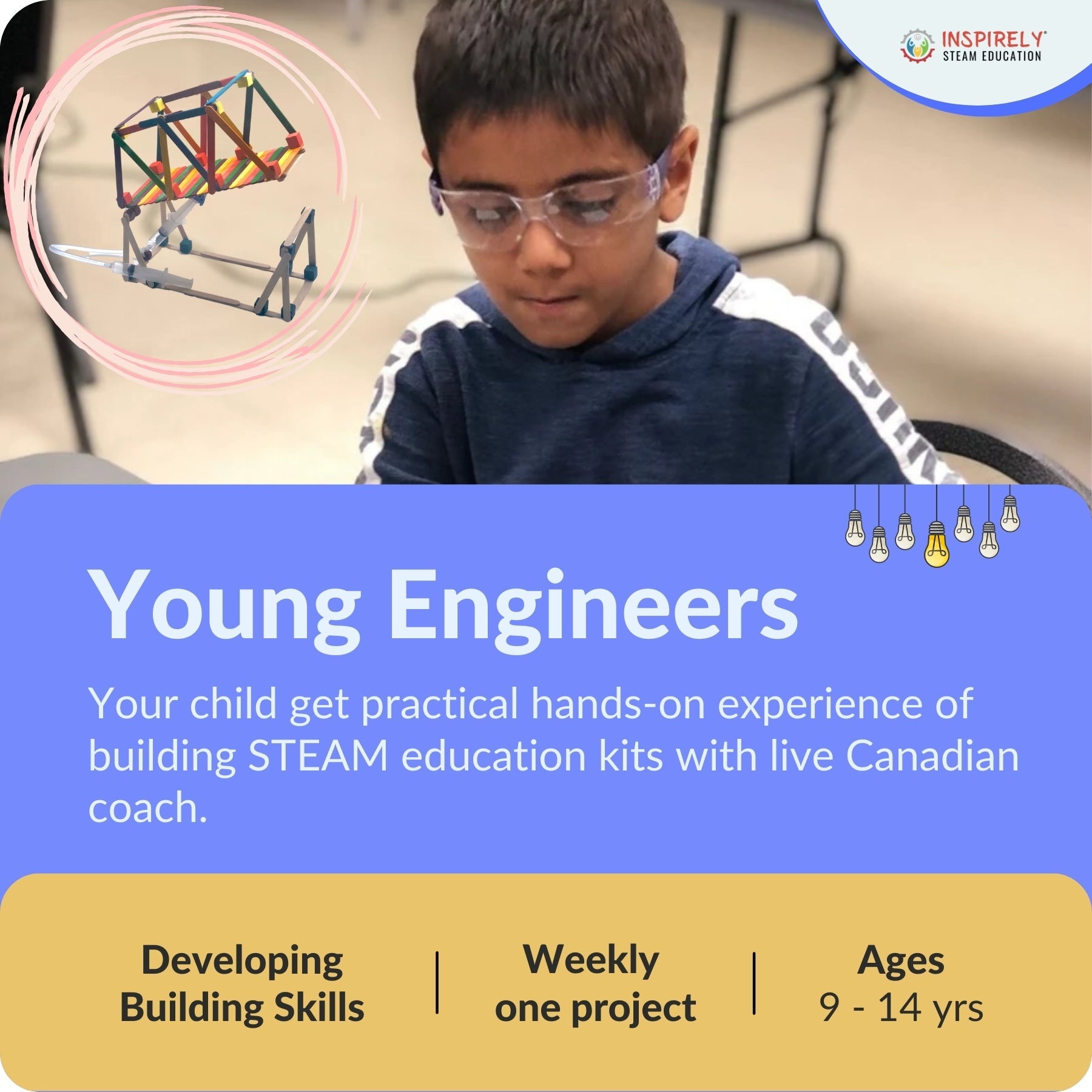
Unlocking Creativity: Hands-On Kids Programming
In the realm of education, Hands-On Kids Programming emerges as a powerful tool, transforming coding lessons into dynamic and engaging experiences. This article explores the unique benefits and approaches of hands-on programming for children, highlighting how it lays the foundation for a future generation of innovative thinkers.
A Playful Introduction to the World of Coding
Hands-On Kids Programming provides a playful introduction to the world of coding. Instead of traditional lectures, children engage in interactive activities that turn learning into an exciting adventure. This approach not only captures their attention but also instills a positive attitude toward coding from the beginning.
Practical Learning Through Interactive Exercises
At the core of Hands-On Kids Programming is the emphasis on practical learning. Children don’t just passively absorb coding concepts; they actively engage in hands-on exercises. These interactive activities allow them to experiment with code, see immediate results, and grasp fundamental programming principles through direct experience.
Building a Strong Foundation in Computational Thinking
Hands-On Kids Programming plays a pivotal role in building a strong foundation in computational thinking. By solving real-world problems through coding, children develop logical reasoning and problem-solving skills. This foundation extends beyond coding, influencing their approach to various challenges in both academic and personal spheres.
Diverse Coding Projects for Creative Exploration
One of the key features of Hands-On Kids Programming is the incorporation of diverse coding projects. From creating simple games to developing interactive stories or animations, children have the opportunity to explore their creativity through coding. This creative exploration nurtures a love for technology and innovation.
Hands-On Learning: Bridging Theory and Practice
Hands-On Kids Programming bridges the gap between theoretical knowledge and practical application. Children not only learn coding theories but also apply them immediately in their projects. This hands-on learning approach ensures a more profound understanding of coding concepts and encourages experimentation and curiosity.
Fostering Collaboration through Coding Activities
Hands-On Kids Programming often includes collaborative coding activities. Children work together on projects, share ideas, and troubleshoot challenges as a team. This collaborative aspect not only enhances their coding skills but also develops crucial social and communication skills essential for their future endeavors.
Hands-On Kids Programming: A Link to Technological Literacy
To embark on the exciting journey of Hands-On Kids Programming, explore the programs and platforms available at itexamscert.com. This platform offers a rich array of interactive coding activities designed specifically for young minds. Dive into the world of coding with Hands-On Kids Programming and open doors to a future where technological literacy is a key to success.
Encouraging a Lifelong Love for Coding
In conclusion, Hands-On Kids Programming is not just about teaching coding skills; it’s about instilling a lifelong love for coding. By making learning interactive and enjoyable, children develop a positive attitude towards technology. The hands-on approach empowers them to view coding as a tool for creativity and problem-solving, paving the way for a future where they are not just consumers but creators in the digital landscape.
